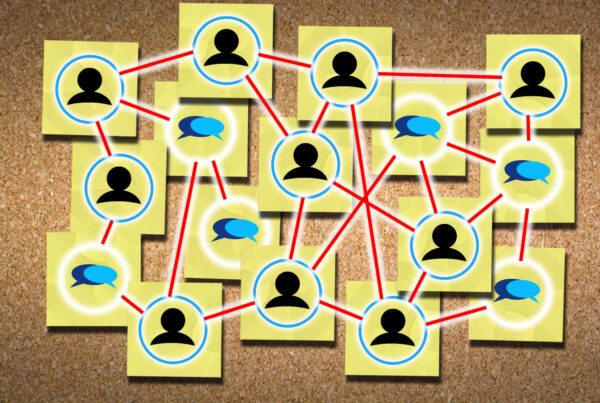Last Updated on July 9, 2024 by Dave Schoenbeck
The sales funnel model concept has been made far too complex for successful implementation within small businesses. When I started my coaching firm, I named it Business Simplified LLC because my focus was to help business owners comprehend overly complicated ideas and develop tactical, implementable solutions. While hundreds of sales experts weave their ideas into an unmanageable bowl of pasta, I prefer simple, straightforward, and doable concepts.

As a business owner, you have probably heard of the “sales funnel.” Here’s the gist: start with your prospects at the top of the funnel and turn them into customers at the bottom. Think of it as an upside-down pyramid.
Though many people understand how vital a carefully orchestrated sales funnel is to the well-being of their business, they tend to need help with execution. In this article, we’ll review the sales funnel model – starting at the top – and how you can successfully create one that works for your business.
1. Suspects (or Prospects)
These are the targets you want to be interested in or pursue. They are potential future customers who intrigue you.
The key is to assume your suspects probably don’t know about your business or may not even need your product or service immediately. In other words, before you can brief them about your offer, you’ll need to create awareness about your product or service. Let them know that when they’re ready, you’ll be prepared.
2. Leads
Leads are targets that have raised their hands, moved toward you, or confirmed their interest in what you’re offering. You can record them as a lead if they call you, contact you through your website, walk into your office, email you, ask for more information, etc.
3. Quotes, Bids, and Demonstrations
At this stage, you have the opportunity to showcase your product or service to a qualified lead in whom you have invested considerable time. This is also the phase when your leads are actively seeking solutions that can address their “pain” (whatever it is they’re lacking)—and your business’s solution is one of their options.
If you experience a sudden drop in interest, asking for feedback is crucial to understand what went wrong and how you can improve when moving forward with your other leads.
4. Sales
Congratulations! This might mean you received a purchase order or the sale has been initiated. At this point, your lead has become your customer, and you will soon receive payment.
The Aftermath: Measurements
The customer life cycle does not end with a purchase. Remember that it costs a lot more to attract new customers than to retain existing ones. Your goal is to turn your new or current customers into long-term, loyal ones.
You should constantly evaluate your sales funnel model. I recommend measuring your sales funnel conversion rates weekly or monthly. Likewise, you should measure how many leads you turn into quotes and how many leads you have between quotes and sales. Working the number backward will help you understand how many prospects you need to meet your sales target.
Understanding the sales funnel model and its inner workings gives you a unique opportunity to assess the effectiveness of your funnel, highlight what works, see where you can improve, and identify your superstar salespeople and employees who need additional help.
Becoming great at sales takes time and effort, but it’s not impossible. If you want to learn more about building and executing your sales funnel, sign up for a complimentary, no-strings-attached online coaching session with me. Just fill out my contact form!
Coach Dave
- Don’t Procrastinate: It’s Time to Do Company Succession Planning - October 2, 2025
- How to Turn Your Problems and Obstacles into Opportunities - September 25, 2025
- Irresistible Tips on How I Can Identify and Create My Unique Small Business Value Proposition - September 18, 2025


